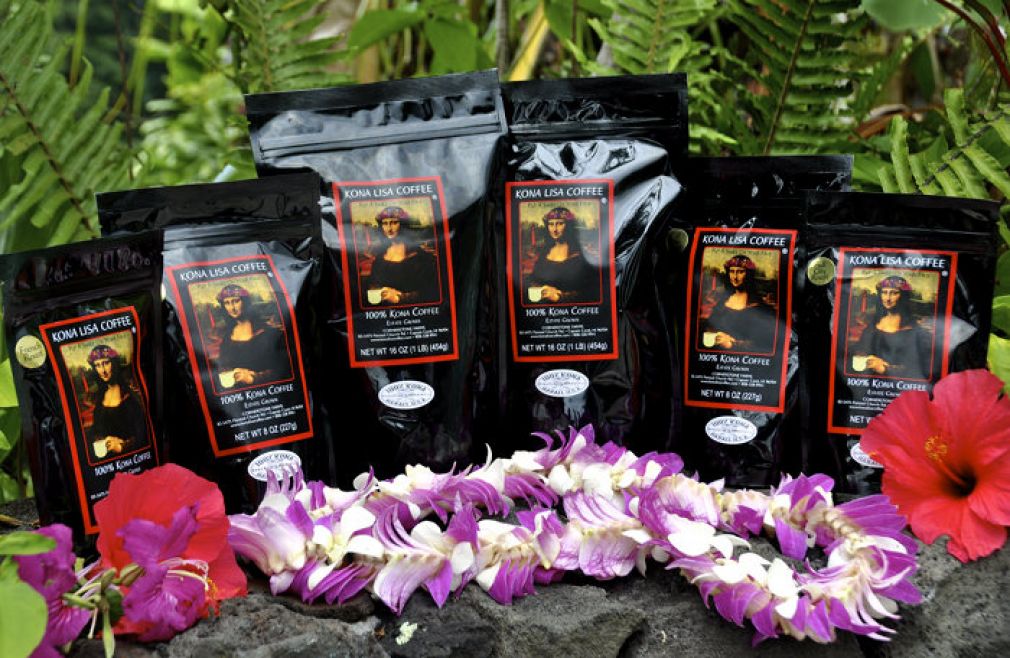The Good, the Bad, and the Ugly of Coffee Consumption
- Published in Is Coffee Healthy or not?
- Be the first to comment!
The Good, the Bad, and the Ugly of Coffee Consumption
Coffee is heavily studied, but study results contradict one another. If science says that it is bad for you today, wait a day or two and another study will be published claiming the exact opposite findings.
The Good:
Coffee has had its medicinal purposes. My own ancestors used it to treat asthma. Certain chemicals in coffee have even be proven effective at stimulating bronchial dilation of people previously diagnosed with specific types of asthma.










